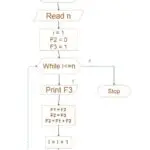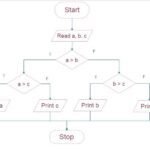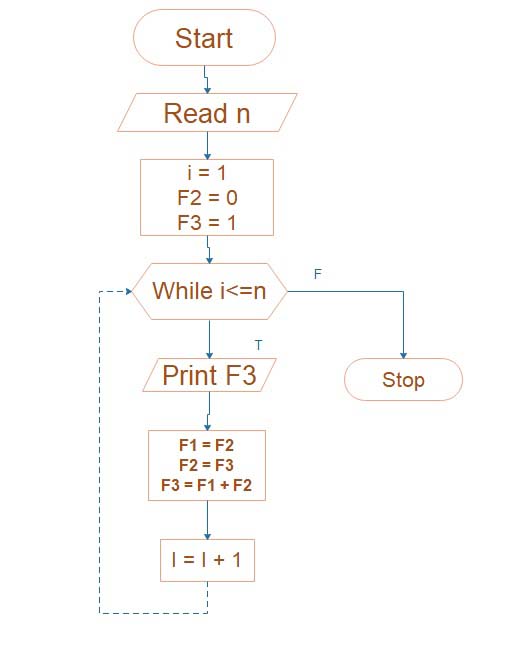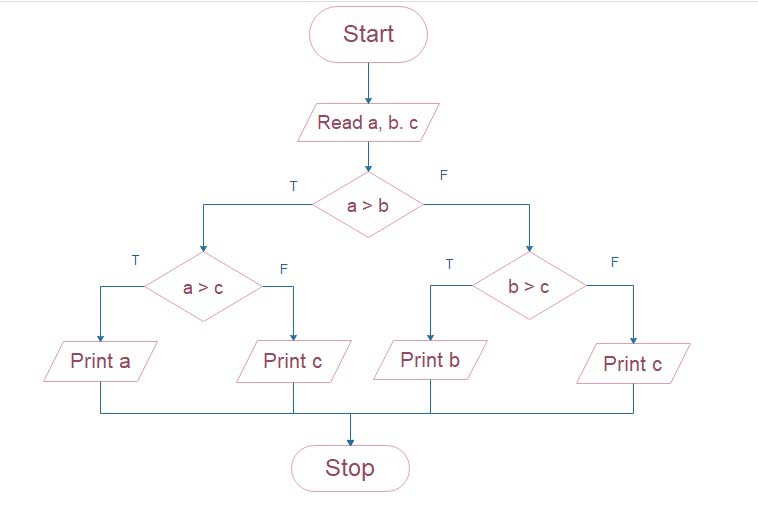Reciprocating Pump Working Principle
Reciprocating Pump
Main Parts from a Reciprocating Pump

Fig. Main parts from the reciprocating pump (Single-acting reciprocating pump)
Following are some main parts of a reciprocating pump
- Any cylinder with a piston, piston rod, connecting rod also a crank
- Suction pipe
- Delivery pipe
- Suction valve, and
- Delivery valve.
Working on a Reciprocating Pump
- Fig. shows every single acting reciprocating pump, which consists of each piston that moves forwards also backwards near a close-fitting cylinder.
- This movement of the piston is taken by connecting the piston rod to the crank using a connecting rod.
- That crank is rotated using an electric motor.
- Suction also delivers pipes with a suction valve and the delivery valve is connected to the cylinder.
- The suction also delivery valves remain one-way valves or non-return valves which allow the water to flow in one direction only.
- The suction device allows water from the suction pipe into the cylinder which delivery valve allows the water from the cylinder before the delivery pipe only.
- During the crank starts rotating, that piston moves to also form in the cylinder.
- Meanwhile, the crank is at A each piston is at the extreme left position in the cylinder.
- Since the crank is rotating from A to C (i.e., from θ = 0° to θ = 180°) that piston is moving towards some right in the cylinder.
- This movement of the piston towards every right creates a partial vacuum inside the cylinder.
- Although on the surface of all liquid in some sump atmospheric pressure is acting which is higher than the pressure inside the cylinder.
- Therefore, the liquid is forced during the suction pipe from the sump.
- The liquid opens the suction valve and also enters the cylinder.
- While the crank means rotating from C to A (i.e., from θ = 180° to θ = 360°), the piston from its extreme right position starts running towards left in the cylinder.
- The movement of the piston towards the left increases the pressure of the liquid inside the cylinder larger than atmospheric pressure.
- Hence suction valve closes also the delivery valve opens.
- Some liquid is forced into the delivery pipe and also is raised to the required height.
Discharge Through a Reciprocating Pump
Analyze a single-acting reciprocating pump as shown in Fig.
Let
- D = Diameter from the cylinder
- A = Cross-sectional area from the piston either cylinder = (π/4) D2
- r = Radius from the crank
- N = r.p.m. from the crank
- L = Length from the stroke = 2 x r
- hs = Height from the axis of the cylinder from this water surface in the sump
- hd = Height from delivery outlet above this cylinder axis (also called delivery head)
The volume of water delivered in one revolution or discharge of water in one revolution
= Area x Length of stroke
= A x L
Number of revolutions per second
= (N/60)
Discharge of the pump per second,
Q = Discharge in one revolution x No. of revolution per second
= AL(N/60)
=ALN/60
Weight from water delivery per second (W)
= ρgQ
=(pgALN)/60
Work Done by Reciprocating Pump
Work done with reciprocating pump means given as
- Work was done per second
= Weight from water lifted per second x Total height through which water is to be filled
= W x (hs + hd)
Putting
W = (pgALN)/60
- Work was done per second
=(pgALN)/60 x (hs+hd)
- Power required to drive this pump in kW,
P=Work done per second/1000
P=pgxALNx(hs+hd)/60×1000
P={pgxALNx(hs+hd)}/60000 kW
Discharge, Work Done and Power Required to Drive a Double-acting Reciprocating Pump
- Within the case of a double-acting reciprocating pump, this water is acting on both sides of the piston as shown in Fig.
- Therefore, we require two suction pipes also two delivery pipes during a double-acting pump.
- When there is a suction stroke at one side of the piston, there is at the same time a delivery stroke on the opposite side of the piston.
- Therefore for one complete revolution from the crank, there mean two delivery strokes also water is delivered to the pipes with each pump during those two delivery strokes.

Let
D = Diameter from the piston,
d = Diameter from the piston rod
An area on one side from the piston = (πD2/4)
- An area on every other side from the piston, where the piston rod is connected to the piston,
A1 = (πD2/4) – (πd2/4)
= (π/4)(D2 – d2)
- Such volume of water delivered into one revolution of the crank
= A x Length of stroke + A1 x Length of stroke
= AL + A1L
= (A + A1) L
=[(π/4)D^2+(π/4)(D^2-d^2)]xL
- Discharge from pump per second
= Volume from water delivered within one revolution x No. from revolution per second
=[(π/4)D^2+(π/4)(D^2-d^2)]xL
- when ‘d’ the diameter of the piston rod is very small because compared to the diameter of the piston before it can be neglected also this discharge of the pump per second,
Q=((π/4)D^2+(π/4)D^2)xLx(N/60)
Q=(2x(π/4)D^2)xLx(N/60)
Q=2xAxLx(N/60)
Q=2ALN/60
- The provides some discharge through a double-acting reciprocating pump here is two times the discharge through every single-acting reciprocating pump.
- Work is done by the double-acting reciprocating pump.
Work done per second
= Weight of water delivered x Total height
= ρg x Discharge per second x Total height
=pgx(2ALN/60)x(hs+hd)
=2pgx(ALN/60)x(hs+hd)
- Power required to drive the double-acting pump in kW,
P=Work done per second/1000
P=2pgx(ALN/60)x{(hs+hd)/1000}
P={2pgxALNx(hs+hd)}/60000 kW














